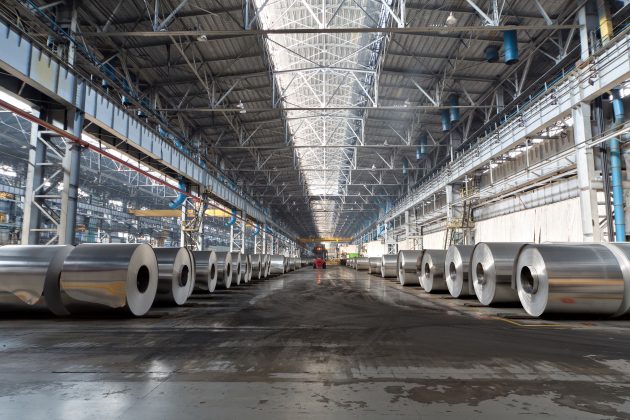
How Manufacturing Operations Management (MOM) improves shop floor control, compliance and risk management
by Paulo De Matos, Chief Product Officer at SYSPRO
A MOM solution enables manufacturers to automatically connect with machines in order to collect critical data without manual inputs.

A MOM solution enables manufacturers to automatically connect with machines in order to collect critical data without manual inputs.
Analogue machines as well as manual and paper-based systems are still dominant within the manufacturing sector. A recent industry whitepaper indicated that ‘Reliance on manual processes is (still) deeply entrenched across all functions. From data entry to communications, document handling, and employee and customer management – all critical processes are managed by a maze of several interconnected and interdependent manual processes.”
The problem is, if you are writing anything on a piece of paper, it is very limited. SYSPRO’s research into the inflection point for the factory of the future echoed this, and showed the dire consequences of reliance on manual systems, where only 38% of businesses felt that their business systems were adequate to cope with the disruption caused by the pandemic. But before investing in a new digital solution, manufacturers need to understand what industry requirements exist, which packaging or product pain points require the most attention, and how to mitigate overall risk.
Unpacking industry requirements
Reliance on manual systems can be a hinderance for industries that are governed by regulatory control – there is too much possibility for human error.
If you look at the medical devices industry as an example, the FDA in the US has implemented a Quality System Regulation (21 CFR Part 820), which requires medical device manufacturers to establish and maintain Device History Records (DHR) for each batch, lot, and unit they produce. Similarly, within Europe, medical device manufacturers need to comply with the European Union’s Medical Device Regulation of 2017.
The food and beverage industry is similar to the medical devices industry in that it also requires extensive record keeping as a measure of control. Packaging for the food and beverage industry requires retention samples of all raw materials beyond the shelf life of the products.
Understanding product or packaging pain points
Beyond the need to comply with regulatory requirements, manufacturers also need to keep a close eye on their packaging and product performance. The electronics industry is an example, where quality control is an essential part of the process. The industry is reliant on batches of components, which are sourced from multiple suppliers and multiple locations. There is a risk that a component from a single supplier is of lower quality and may affect the overall quality of the final product.
During manufacturing, frontline managers need complete visibility and control of the shop floor to prevent problems such as overruns, bottlenecks, downtime, poor employee or machine performance, and excessive scrap. To achieve this, modern software needs to be combined with a digital strategy that ensures that the critical information is available digitally.
The benefits of MOM in optimizing the shop floor for increased control
A MOM solution enables manufacturers to automatically connect with machines in order to collect critical data without manual inputs.
MOM can help manufacturers in three ways:
- Measure performance of overall equipment effectiveness (OEE). This refers to how well your machines run and the measurement is based on a combination of uptime, speed and quality. Your MOM should not track every single machine but should ideally just track the bottlenecks or older machines.
- Measure your overall labour performance (OLE). Often a lot of time and productivity is lost through human error
- Measure total effective equipment performance (TEEP) or the amount of downtime
By measuring these three elements in unison, manufacturers are able to identify specific challenges on the shop floor and optimize operational efficiencies through the better workflow of core manufacturing activities.
The role of MOM in improving factory performance
While MOM may seem like the obvious next step for manufacturers to optimize operations, many have been reluctant to move away from their traditional legacy systems. The reality is that the industry has reached an inflection point, where digital transformation and the need to fast track to a smarter factory is vital to remain competitive in coming months. Manufacturers should ideally consider a MOM solution that abides to world-class manufacturing standards and is importantly fully integrated into their ERP, in order to leverage a single platform to monitor and improve factory performance. This will transform how an organisation manages people, equipment and processes to drive better business performance and strategic outcomes.
To learn how you can drive better business performance with Manufacturing Operations Management, download this whitepaper.